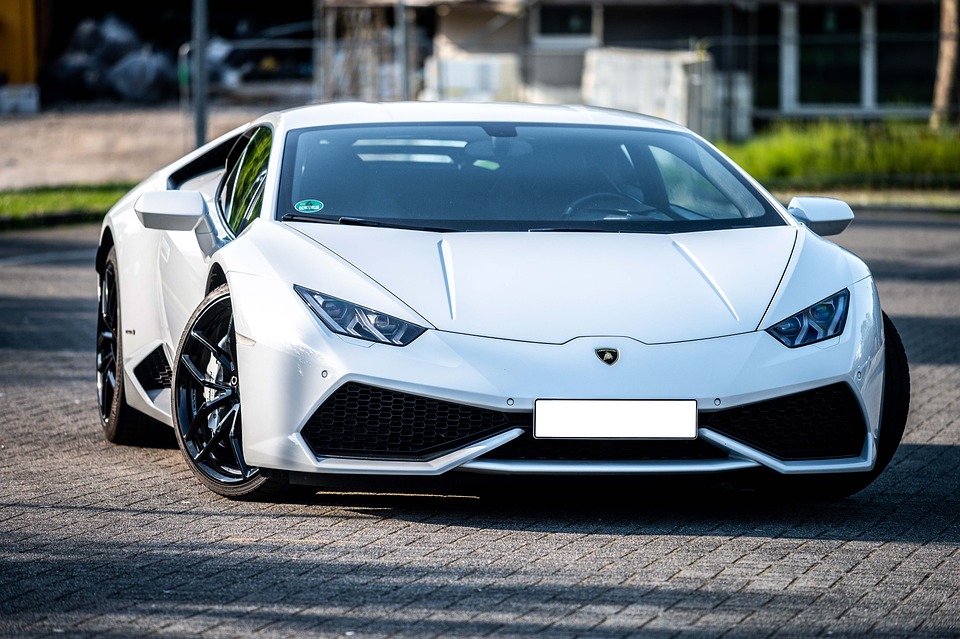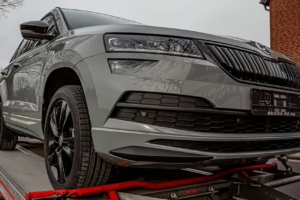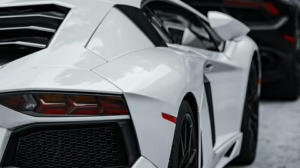The Evolution of Excellence: A Look at Lamborghini’s Iconic Models Through the Decades
Lamborghini is synonymous with performance, luxury, and cutting-edge design. Since its inception in 1963, the Italian automaker has carved a niche in the automotive industry, continuously redefining what it means to blend power with elegance. This article chronicles the evolution of Lamborghini’s iconic models over the decades, showcasing how the brand has maintained its status as a symbol of excellence in the automotive world.
The Birth of a Legend: 1960s
Lamborghini was founded by Ferruccio Lamborghini, who originally made his fortune manufacturing tractors. Dissatisfied with his Ferrari, Ferruccio decided to create a car that would outperform the competition. The result was the Lamborghini 350 GT, launched in 1964. With its sleek body design and 3.5-liter V12 engine, the 350 GT set the stage for Lamborghini’s future success.
Shortly after, in 1966, the introduction of the Miura changed the automotive landscape forever. Often regarded as the world’s first supercar, the Miura featured a mid-engine layout that was revolutionary at the time. Its striking design, penned by Marcello Gandini, and its impressive performance made it an instant classic and a symbol of 1960s automotive ingenuity.
The Golden Era of Performance: 1970s
The 1970s continued to solidify Lamborghini’s reputation with the release of the Countach in 1974. With its angular lines and scissor doors, the Countach became an icon, representing the wild spirit of the automotive industry during that era. Its pioneering design was complemented by a powerful V12 engine that delivered exhilarating speed and performance. The Countach not only captured the imagination of car enthusiasts but also became a staple in popular culture, featuring in films, art, and media.
However, the decade was not without its challenges. The oil crisis affected consumer preferences and resulted in economic turmoil for luxury brands. Despite these hurdles, Lamborghini managed to stay afloat and maintain its allure.
The Revival and Technological Advancement: 1980s and 1990s
The 1980s saw Lamborghini being acquired by Chrysler, which led to a renewed focus on innovation and quality. The Lamborghini Diablo, launched in 1990, was the first Lamborghini to exceed 200 mph. With its aggressive styling and advanced engineering, including a more refined and powerful V12 engine, the Diablo represented a blend of exceptional performance and luxurious comfort. It was a defining model that encapsulated the spirit of the brand during a period of revitalization.
In 1995, Lamborghini debuted the Lamborghini Mercedas, a high-performance supercar that further pushed the boundaries of technology. The 1990s also heralded a shift in the brand’s identity as it began to incorporate more modern designs and technologies, paving the way for future models.
New Millennium, New Directions: 2000s
In 2003, under the ownership of the Volkswagen Group, Lamborghini launched the Gallardo, which would become one of its most successful models to date. With a striking design and a more manageable driving experience than its predecessors, the Gallardo appealed to a broader audience, bridging the gap between extreme performance and everyday usability. Its introduction marked a new era of accessibility for the supercar segment, allowing more enthusiasts to join the Lamborghini family.
The Aventador, introduced in 2011 as the flagship model, showcased the brand’s commitment to innovation with advanced aerodynamics, a cutting-edge V12 engine, and a construction process utilizing carbon fiber. The Aventador’s design, performance, and technology set a new benchmark for supercars, making it a formidable competitor in the luxury sports car market.
Embracing Sustainability: 2020s and Beyond
As the world increasingly shifts towards sustainability, Lamborghini has responded with a focus on hybrid technology while maintaining its performance heritage. The Sián FKP 37, launched in 2019, marked Lamborghini’s first hybrid supercar, blending a traditional V12 engine with an electric motor for added efficiency and power. This model symbolizes the brand’s commitment to innovation while upholding the essence of Lamborghini’s legendary performance.
The introduction of the Huracán Tecnica and other upcoming models further showcases Lamborghini’s strategy to embrace electric technology without sacrificing its core values of speed, style, and driving pleasure.
Conclusion
From the classic 350 GT to the innovative Sián, Lamborghini’s journey through the decades is a testament to its unwavering pursuit of excellence. Each iconic model tells a story of audacity, craftsmanship, and a relentless quest for performance. As the company looks toward the future, it remains committed to pushing the boundaries of automotive engineering while celebrating its rich heritage, ensuring that Lamborghini will continue to be a symbol of exceptional quality and luxury for generations to come.
For more on Lamborghini’s legacy and future, visit [modern_footnote_source_link].


























Add Comment